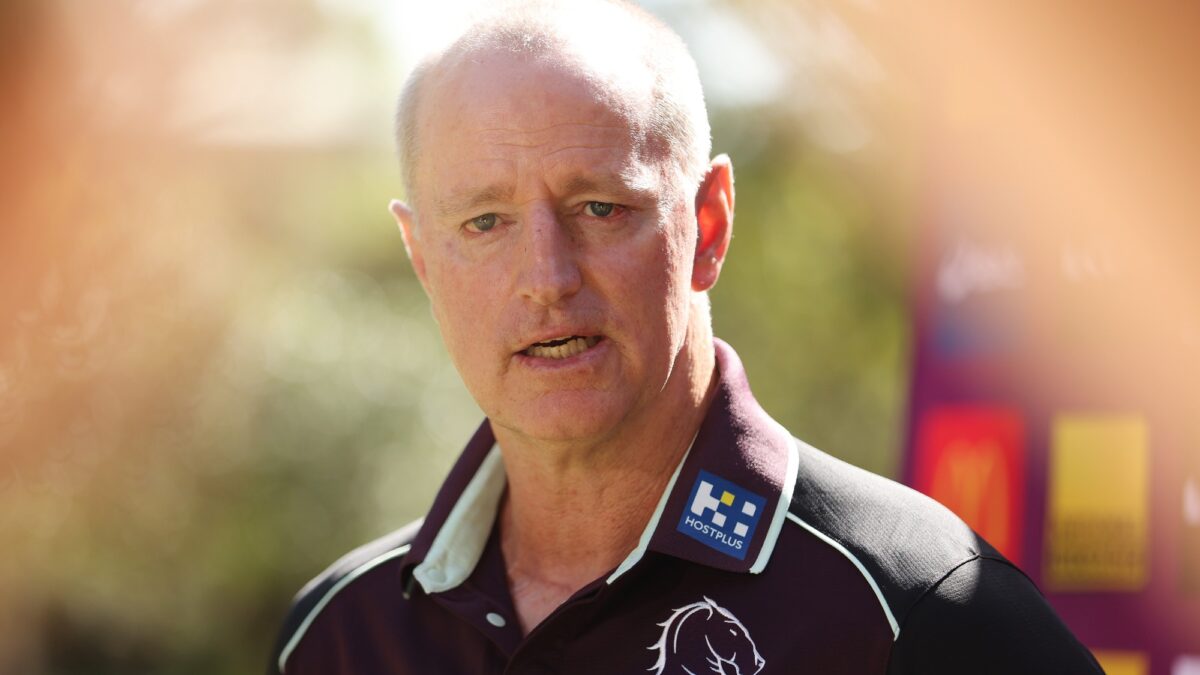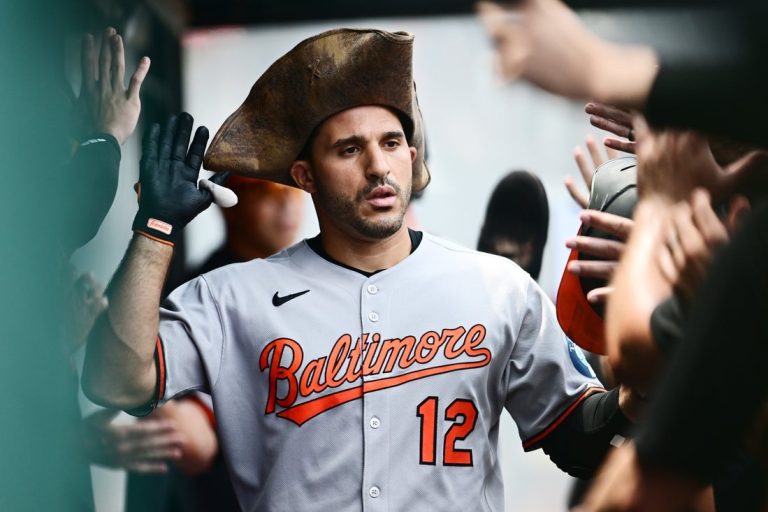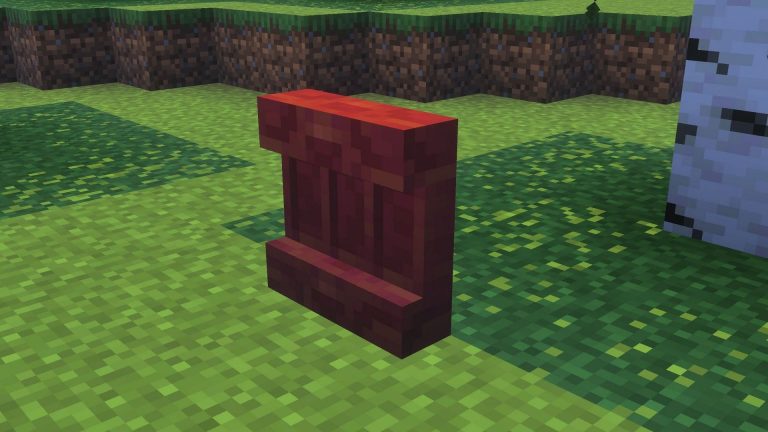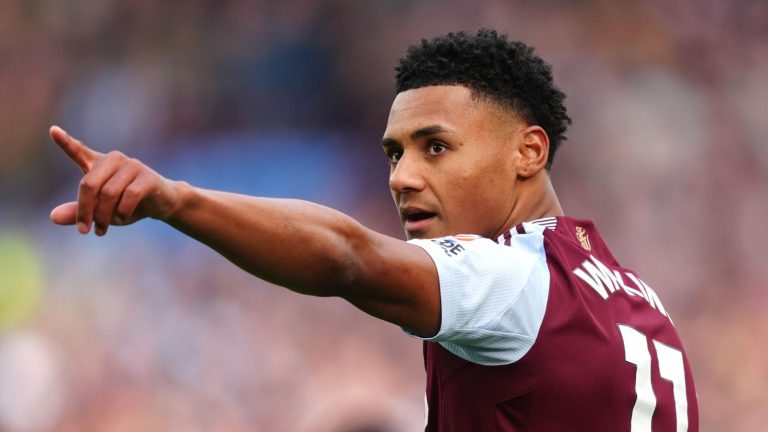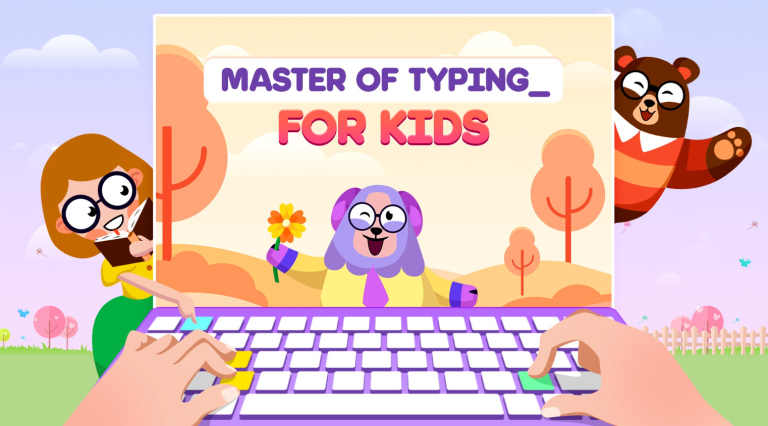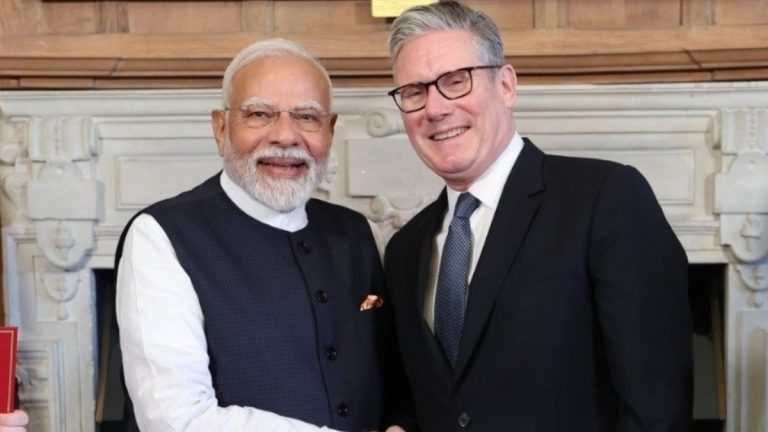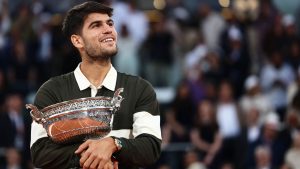There is undoubtedly something vitally important about the new broadcast deal that will eventually be struck between the NRL’s media partners and head office for 2028 and beyond.
With expansion into fresh markets on the cards, a women’s competition that must continue to grow year on year and the streaming frontier set to shake up the way the game is presented to people, there is plenty to mull over and get right.
NRL chief executive Andrew Abdo summed things up well by in March during an appearance on the Hello Sport podcast: “Step one for us is to make sure that we have our content in order, our season structure, the number of teams and how we want to package that up, and then, obviously, we want as many entities as possible bidding for those rights.”
The current deal is worth around $400 million and with more teams, more games and additional clubs joining the women’s league, Abdo and ARL Commission chair Peter V’landys will be hopeful of more, despite the magic number of 20 teams not being achieved heading into the first season of the new deal.
In 2028 there will be 19 teams and nine matches per round, with the goal of one extra club not having been met despite it being a long-term objective that would have added further weight to the broadcast negotiations.
Throughout those conversations the phrase “player welfare” will be mentioned many times over.
As is the way of the modern world, the realities, pressures and challenges facing professional athletes will be paid lip service and discussed as though they really matter.
While at the same time playing second fiddle to the dollar and what the game needs to do to generate more income and how the broadcasters might maximise the eyeballs on the game.
Whichever networks, carriers or services end up with the rights to broadcast the game post-2028, there is no doubt much of it will be inane rubbish similar to what we already have.
The recent stoush between Bulldogs general manager of football Phil Gould and Sydney Morning Herald journalist Michael Chammas was precisely the kind of content demanded by those covering the game.
It had everything, accusations, insults, an old man speaking down to a younger one and some obvious porky pies having been told in the entire Lachlan Galvin affair.

Lachlan Galvin will be sporting new colours this weekend. (Photo by Mark Metcalfe/Getty Images)
The teenage player must have been at home wondering how on earth things had come to their current state and he is far from mature and experienced enough to rationalise and handle a situation that was handled very badly by everyone involved.
Of course, the media pounced, as is their right and the awkwardness of the moment put another player in danger of being affected mentally by media scrutiny and scuttlebutt.
We have seen the same play out time and time again and the concept of affording space to imperfect people whose youthfulness and attention to social media puts them in a precarious position is usually ignored.
Jarome Luai has lived the pressure, as have Dylan Brown and Daly Cherry-Evans in 2025. Galvin’s exit from the Tigers has put current Bulldog halfback Toby Sexton in the crosshairs and the coaches, whilst older and hardened by the game, potentially take even more relentless assaults than the players.
Michael Maguire hopefully has plenty of support in his corner, as the Broncos work on wasting a season in which many thought they would compete for the title. Adam O’Brien continues to walk the tightrope in Newcastle and Manly coach Anthony Seibold knows only too well how nasty things can get when the media smells blood in the coaching water.
Only last week, on what the host broadcaster would insist is a reputable NRL program, a panelist dared question the toughness of a player who usually enters the fray at the 20-minute mark.
On the same program, a veteran journalist took aim at Maguire, disproportionally in fact, when the poor performances of the Broncos’ players are also considered.

Broncos coach Michael Maguire. (Photo by Mark Metcalfe/Getty Images)
Elsewhere, on the free-to-air network that uses three or four ex-players with rather poor grasps of the English language and attempts to set up hatchet job interviews around some of the serious issues in the game, a punch-drunk ex-player sprouts, Kane Cornes-style, as much sensationalised nonsense as he can manage.
Further players do the same on NRL themed podcasts, letting rip with strong and sometimes judgemental opinions that become promoted content in order to lure more listeners to the production. All the while, human beings hear there performances, lifestyles, mistakes and professional abilities called into question.
Having forked out millions for the rights to cover the game, the broadcasters need to make their cash back and more, with advertising now stretched across so many different platforms and making that task increasingly difficult.
While the new negotiations will talk about respect, player welfare and mental health, the path we are heading is concerning. Around eight people will take their own lives in Australia today, with 2300 men doing the same across the course of a year.
What plays out in the media will one day be a contributing factor to the loss of a player that stuns the entire league community and will cause great reflection and further responsibility from those that report the “news” around rugby league.
The broadcast deal is important and vital for the continued health of the game in Australia, but at what cost?
The players speak openly about online abuse, expectation and pressure. Idiots on phones create that and it is difficult to police and stop, yet members of the media should be well above it.
If you or anyone you know needs support, call Lifeline on 131 114 or Beyond Blue on 1300 224 636.
